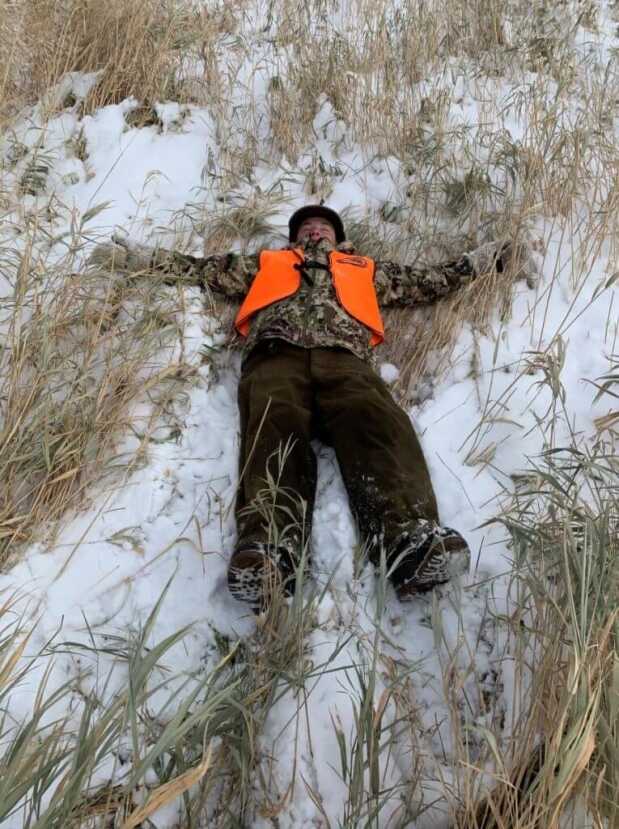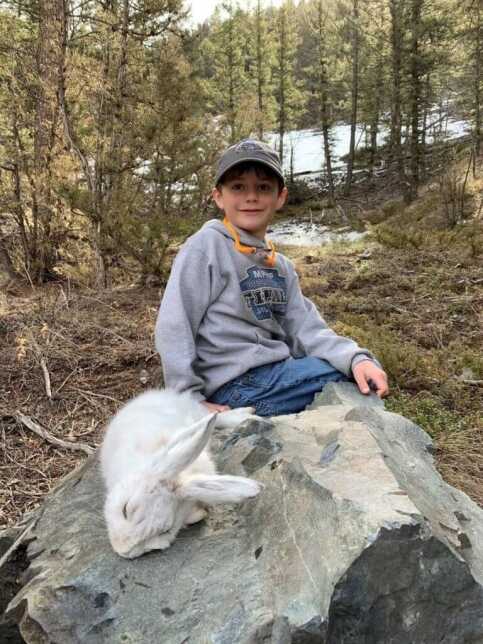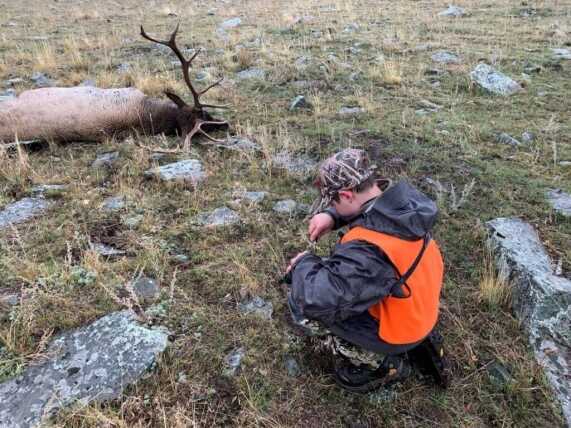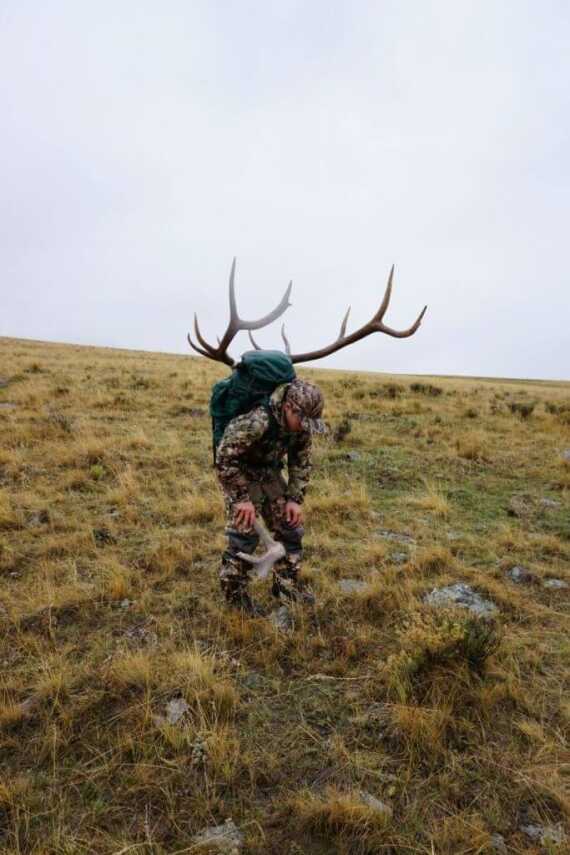
As I sat and looked at my calendar which had filled up with hunts of many species in numerous locales, my oldest son Sage interjected into my scheming. “Dad, am I going to get to hunt elk this year?” My mental train locked up tight and skidded to a halt. I’d gotten enough work on the books to get us through another winter but had failed to carve out much time for my up-and-coming hunting partner.
I was aghast at my mistake and with some tweaking of the schedule, we had time committed for a father-son hunt. Having avoided the “cobbler’s kids go barefoot” euphemism I scratched off the first few days of a late-season whitetail hunt I had on the agenda.
Today, when youth interest is waning in the outdoors it’s even more important to get them outside and involved in the hunting lifestyle early and often. If you’re wondering where to begin or have your own plan already in place, read on for some ideas to start beginners down the path to becoming successful hunters. After all, we can’t carry our own elk quarters forever.

Start Slow
Most new hunters’ excitement can be carefully cultivated with encouragement, patience, and a dash of early success. In that regard, small game hunting is invaluable for new outdoorsmen and women or those looking to knock the dust off their woodsmanship skills. Mild weather and numerous shot opportunities avail themselves to scratching the itch of a hopeful hunter as well as providing some immediate, excellent table fare. My youngest son, who is too young to pursue big game yet, shot and quartered his first small game recently. Through mouthfuls of shredded rabbit meat that night, he relived the hunt and caught the first inkling of what it means to be a hunter.

His older brother started much the same way, developing an interest in BB guns, rimfires, and finally working into larger calibers the year before he was old enough to hunt big game. We set up on the edge of an agricultural field in the dark one morning with two deer tags in his pocket. Thin shadows became deer working towards us as the sky lightened, and barb wire squeaked as they approached us and the bedding area we were set up next to. Two shots and two deer later, my oldest son had become a big game hunter.
Practice
Practicing with your hunter should be prioritized above much else in the way of preparation. Of course, firearm safety and marksmanship should be the highest on the list, but many other topics can be covered before the season as well.I like to sit at the kitchen table with a stack of hunting magazines and review various animal poses and species with my boys, asking if they’d take the shot and where they would hold for each picture studied. Ethical shot placement on game isn’t a skill that should be learned by trial and error and with the resources available today there’s simply no excuse to not have done the homework.

Another skill that can be practiced year-round is shooting form. On cold winter days (or if a distraction is needed) we’ll move chairs out of the living room and practice field positions, supported and unsupported, until Mom has had enough. I’ve found this develops familiarity with the rifles they use and reinforces gun safety habits during the mid-winter lull in hunting seasons.
Comfort
Comfort is key for beginning hunters; most haven’t developed the drive or desire to sit and freeze for hours to earn a brief chance at success. Quality gear can be expensive but worthwhile; a comfortable hunter is more apt to have their head in the game when the moment of truth arrives.
Proper footwear is of utmost importance- it’s impossible to stay warm if a hunter’s feet are wet and cold so spend some money on boots at the onset and give Mother Nature one less reason to send you and your recruit packing. I had a difficult time finding good mountain-hunting footwear for my son until a friend got creative and found a pair of LaCrosse Lodestar women’s boots. They’re packed with the same features as the men’s including 400 grams of Thinsulate and an aggressive lug sole design but fit his youthful feet much better than anything we’d found previously. He’s worn them well over one hundred hiking miles and over a month of field days with no complaints or issues.

The proclivity for late rain and snow showers should be anticipated and planned for when hunting the West. Raingear can be invaluable on an extended mountain hunt when a front moves in and moisture and wind rule the day. Instead of hunkering down at camp, raingear can be used to cut the wind and stay in the field, regardless of rain, sleet, or snow. Proper layering of insulating material like wool or fleece underneath will help deal with temperature swings and keep a new hunter’s head in the game.
What good are all those clothing layers if your hunting partner in training is starving to death (or at least they think they are)? This is a concession I’ve had to make over the last couple of years, a willful slowing down of the pace and expectations of the day. While I might not get as much ground covered as I would if hunting solo, I adjust my mindset before the day starts. I take a variety of food and some special treats and plan a couple of long stops midday to build a fire and rest up. I’ve found there’s a lot to be gained sitting on a ridge top after a morning hunt with my partner that has nothing to do with cutting a deer or elk tag.

Sage and I made it on our elk hunt. The alarm went off and the sound of rain popping on the camper roof was immediately evident. I layered up while the coffee heated and we rubbed the sleep from our eyes. An hour later the rain was only strengthening in its conviction when a buckskin hide popped through the grey colors in my binocular. A small herd of elk was bedded up against a ribbon cliff to escape the nasty front that had blown in overnight, leaving a single downwind approach for two hopeful elk hunters.
Mid-morning found us within bow range of the bunch, wiping moisture from our glass and sorting through dog hair timber and cows looking for the bull we’d seen earlier. Some careful maneuvering put us in the elk’s lap and Sage eased his rifle into the fork of a tree, waiting for him to stand. Our previous winter’s practice paid off as the bull stood and looked around for a brief moment. Mercifully, the wind went slack and Sage sent a bullet through an opening in the timber; the noise of the impact told us what we already knew, we were going to be packing elk meat in the rain.

*** Buy and Sell on GunsAmerica! ***

